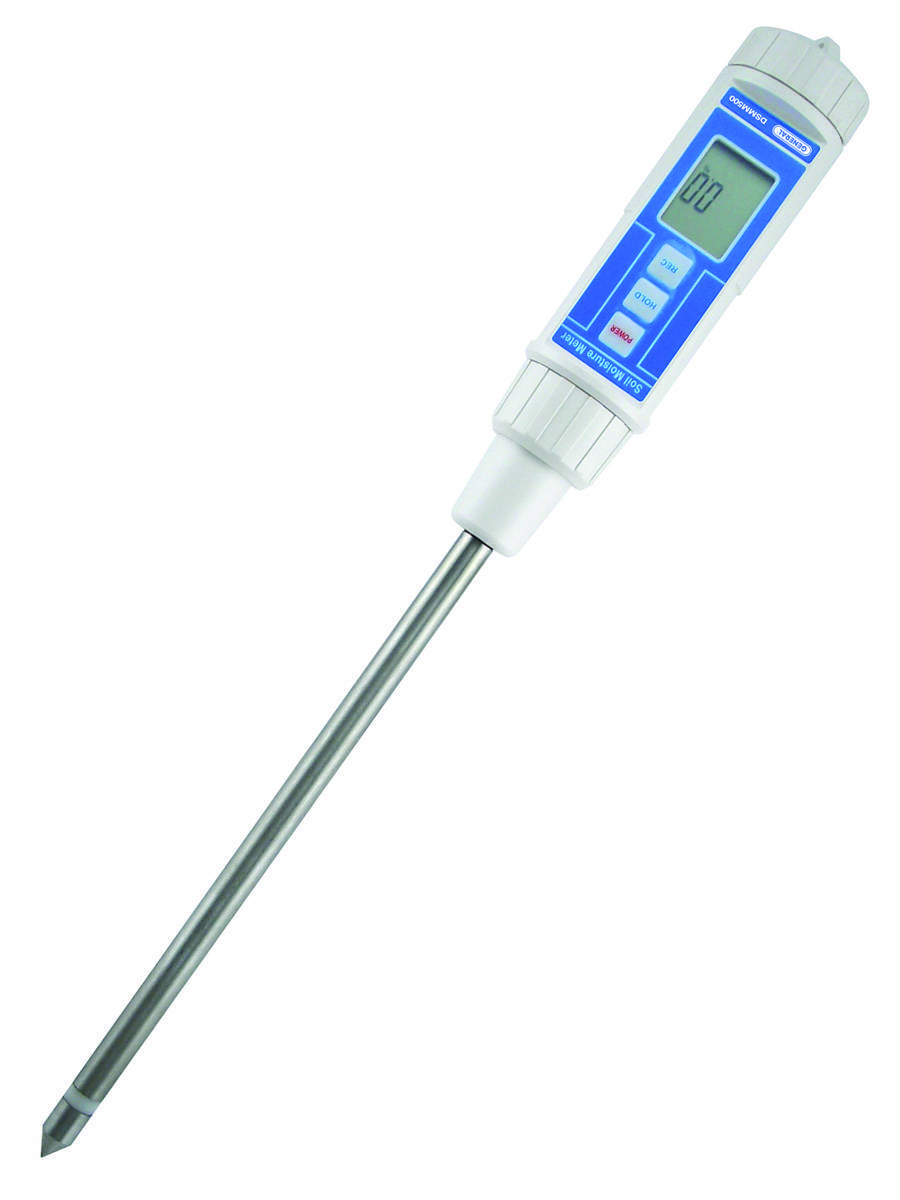The Ultimate Guide to Wetness Meters: A Comprehensive Review and How They Can Save You Money
Dampness meters serve as essential tools in spotting and keeping track of moisture content in materials, aiding in preventing costly damages and making sure the top quality of items. Comprehending the subtleties of various kinds of dampness meters, their applications, and the prospective cost-saving advantages they use can be a game-changer for services and specialists alike.
Types of Dampness Meters
One typical kind is the pin-type moisture meter, which measures the electric resistance in between two pins placed right into a product. Pinless moisture meters, on the other hand, usage electro-magnetic sensing unit plates to scan a bigger location without creating damage to the material's surface area.

Furthermore, there are additionally specialty dampness meters made for specific products like hay, dirt, or grain. These meters offer precise wetness readings tailored to the one-of-a-kind homes of the material being examined. Infrared dampness meters gauge the thermal buildings of a product to identify its moisture material non-invasively, making them helpful for applications where pin or pinless meters might not be appropriate. Understanding the different sorts of dampness meters available can aid industries pick the most suitable device for their specific wetness dimension needs.

Benefits of Using Wetness Meters
Wetness meters supply indispensable benefits in properly keeping an eye on and assessing wetness degrees in varied materials and atmospheres (Moisture Meter). One of the primary advantages of making use of wetness meters is the avoidance of possible damage brought on by excess dampness. By identifying and dealing with high moisture levels early, wetness meters aid to stop mold and mildew growth, rot, and architectural damage in structures, saving both money and time on repairs. Furthermore, dampness meters help in ensuring the high quality of materials throughout building or manufacturing processes. By properly measuring dampness content, these tools help preserve the integrity of wood, drywall, concrete, and other products, decreasing the threat of failures or problems.
Additionally, using wetness meters can lead to raised power effectiveness. In agricultural settings, moisture meters play an important function in enhancing crop yields by allowing farmers to check soil dampness levels and make informed irrigation choices.
How to Select the Right Dampness Meter
Picking the proper dampness meter includes considering vital factors such as material compatibility, measurement array, and calibration precision. When selecting a wetness meter, it's necessary to ensure that the meter appropriates for the details product you will certainly be screening. Different products have varying electrical residential or commercial properties that can influence moisture readings, so picking a meter made for your material is critical for accurate results. Furthermore, consider the measurement series of the wetness meter. Ensure that the meter can identify moisture levels within the range needed for your applications. Calibration accuracy is another essential element to bear in mind. Go with a wetness meter with dependable calibration to make certain consistent and precise readings. Some meters might need periodic calibration adjustments, so understanding the calibration process is essential. By thoroughly reviewing these aspects, you can choose a moisture meter that fulfills your requirements and offers exact dampness measurements for your jobs.
Correct Techniques for Dampness Meter Usage

Expense Cost Savings Through Dampness Meter Applications
How can the calculated application of moisture meters lead to significant price savings across different markets? In the agriculture sector, dampness meters aid in determining the optimal time for collecting plants, preventing excess or over-drying moisture that can affect the last item's quality.
In a similar way, in building and construction, wetness meters help stop costly problems by finding dampness levels in building materials, such as wood or concrete, which can cause architectural concerns if not resolved quickly. By identifying issue locations at an early stage, specialists can take restorative actions to avoid substantial fixings or substitutes, ultimately conserving time and cash.
In addition, in the food handling sector, moisture meters are essential for click over here now keeping an eye on product high quality and making sure compliance with security regulations. By precisely gauging wetness content in food, suppliers can protect against putridity, preserve quality, and reduce waste, leading to substantial cost savings. Generally, the calculated application of dampness meters is a valuable investment that can cause considerable expense reductions and enhanced performance across different industries.
Conclusion
To conclude, wetness meters are important tools for finding and measuring dampness levels in different materials. By making use of the best dampness meter and adhering to appropriate methods, customers can efficiently stop expensive problems created by excess wetness. Buying a top quality moisture meter can result in substantial expense financial savings in the future by determining possible problems early and allowing punctual removal. Eventually, dampness meters are vital instruments for keeping the integrity and long life of structures and products.
Dampness meters serve as important devices in discovering and monitoring moisture web content in materials, helping in protecting against expensive damages and ensuring the high quality of products. Infrared dampness meters measure the thermal buildings of a material to identify its dampness content non-invasively, making them beneficial for applications where pin or pinless meters may not be appropriate.Dampness meters provide very useful benefits in accurately assessing and monitoring wetness levels in varied products and environments. In farming helpful hints setups, wetness meters play a crucial function in maximizing crop yields by allowing farmers to check dirt dampness degrees and make educated irrigation decisions.In final thought, wetness meters are important tools for identifying and gauging wetness degrees in different products.